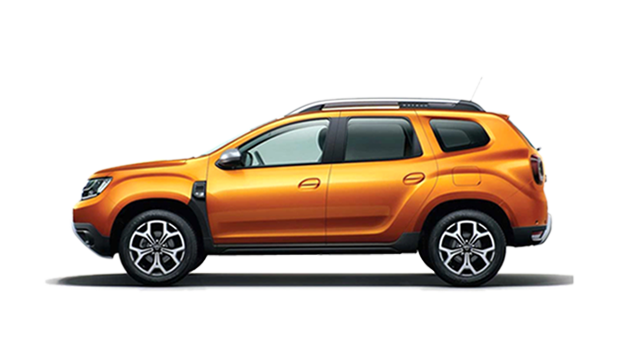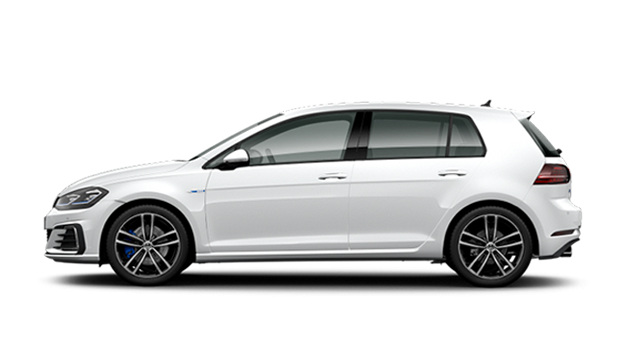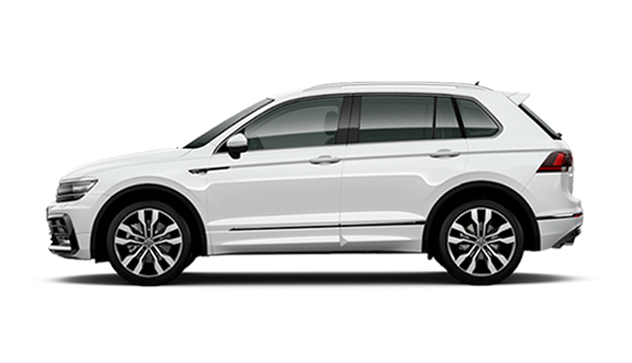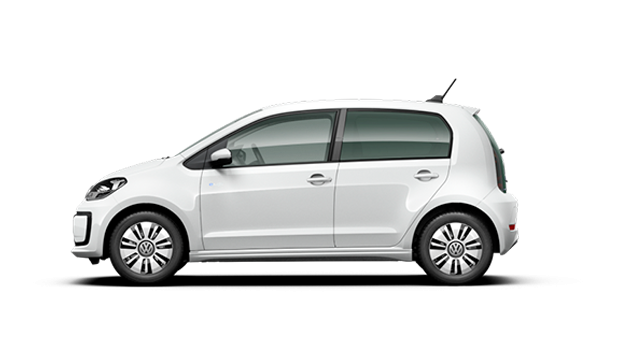When is the best time to visit Iceland? This is one of the most difficult questions to ponder when planning your trip to the land of Fire and Ice. The answer will depend on what kind of weather you’re expecting and which activities are at the top of your list of things to do. Here’s a breakdown of each month in Iceland to help you plan your perfect trip.
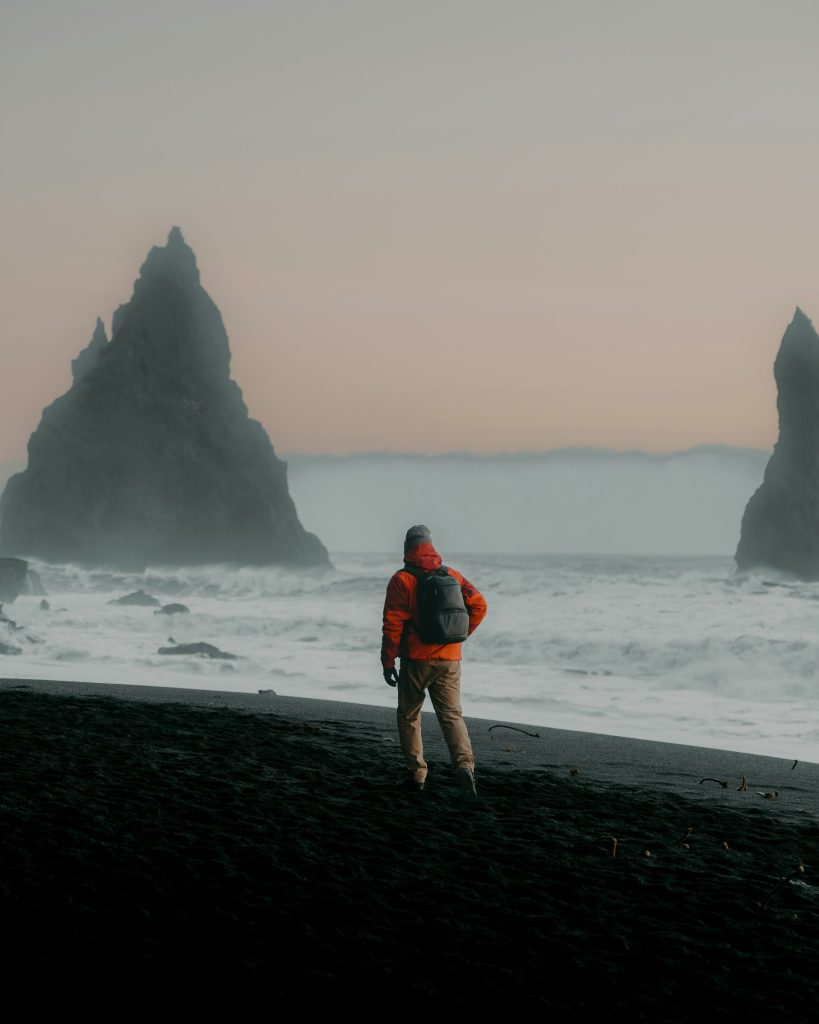
Best time to visit Iceland in general: Summer, June to August
June through August is generally considered to be the best time to visit Iceland. Most visitors arrive in the summer months for warm weather and a better chance at avoiding precipitation. This is also a great time of year to visit as daylight hours are long and you can explore well into the wee hours. Keep in mind that summer is also the busiest time of year in Iceland and while the weather is nice, you’ll be fighting crowds and higher prices.
If you’re looking for the version of Iceland you’re probably picturing, covered in snow and ice, you’ll need to visit in winter! Snow starts falling as early as October and continues through May. The off season and shoulder season can be a wonderful time to visit Iceland as its less expensive and you’ll have a chance to see the northern lights!
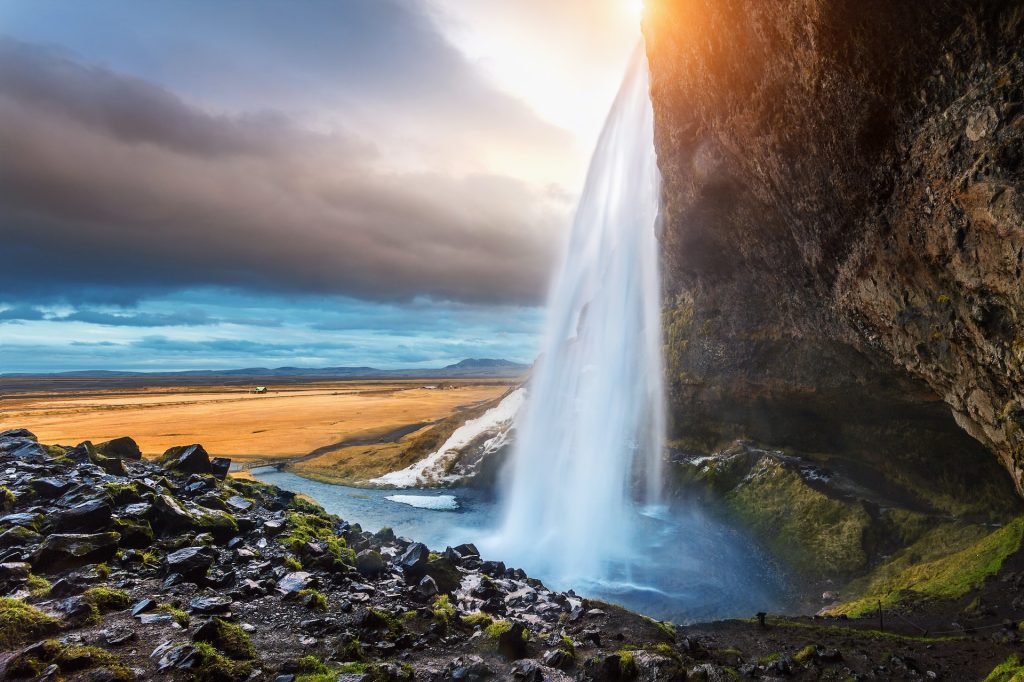
January in Iceland: New Year’s Eve & Northern Lights in Iceland
January ushers in a new year for Iceland. You’ll find New Year’s Eve celebrations in Iceland, including fireworks at the start of the month. Temperatures range from a chilly 27°F to 37°F with an average of 5.5 hours of daylight each day.
January is one of the best months in Iceland to see the northern lights or go ice caving. In terms of cultural activities, visitors can look forward to the Midwinter Festival of þorri, the Reykavik International Games, and Dark Music Days.
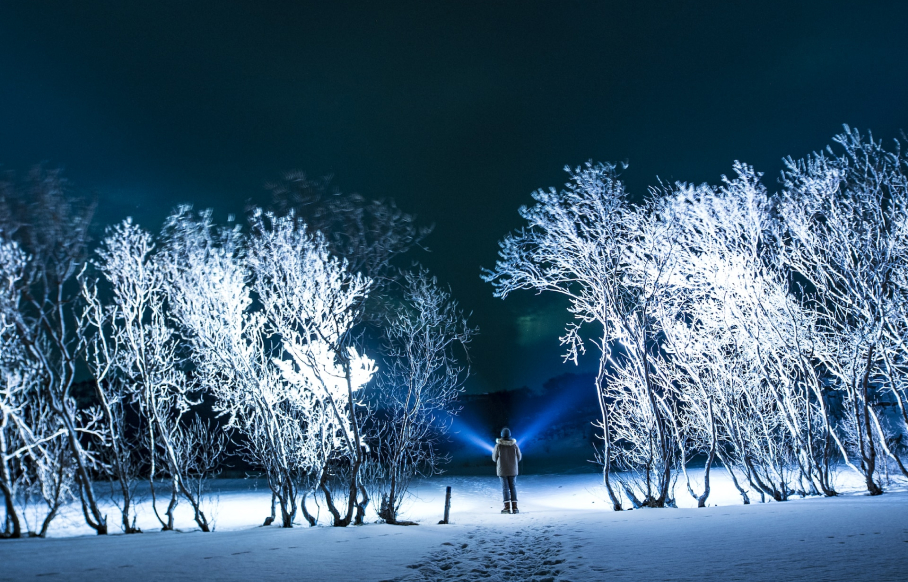
February in Iceland: Best Time for aurora borealis
Iceland in February is cold and blustery. February is the second snowiest month of the year after all! Average temperatures range from 28°F to 38°F and there are around 8.5 hours of daylight.
February is one of the best months to see the northern lights or thaw out from your icy adventures in a hot spring like the Blue Lagoon. The Reykjavik Winter Lights Festival and Art in the Light also takes place in February.
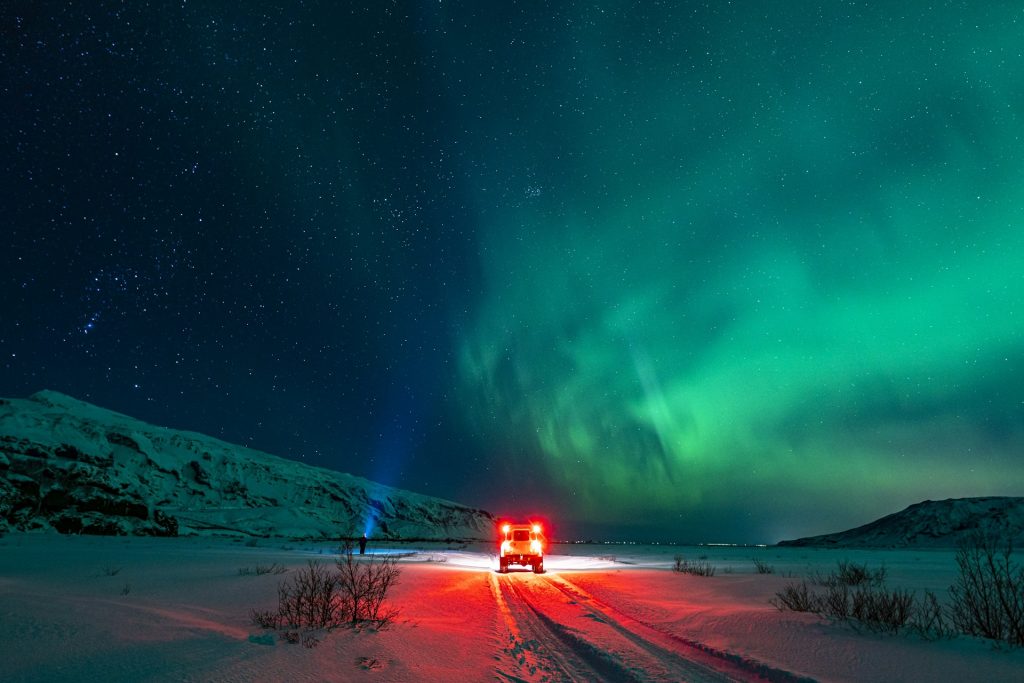
March in Iceland: Best for Budget Travelers
March in Iceland is all about cheap prices! As with most of the winter months, March is a great option for budget travelers who want more daylight hours. Average temperatures are just a hair warmer than in February at around 29°F to 39°F and daylight hours extend to 11.5 a day.
Some of the best activities to do in Iceland in March are horseback riding and exploring the ice caves. Cultural celebrations are mostly geared towards Easter and the music festival, Aldrei Fór Ég Suður.
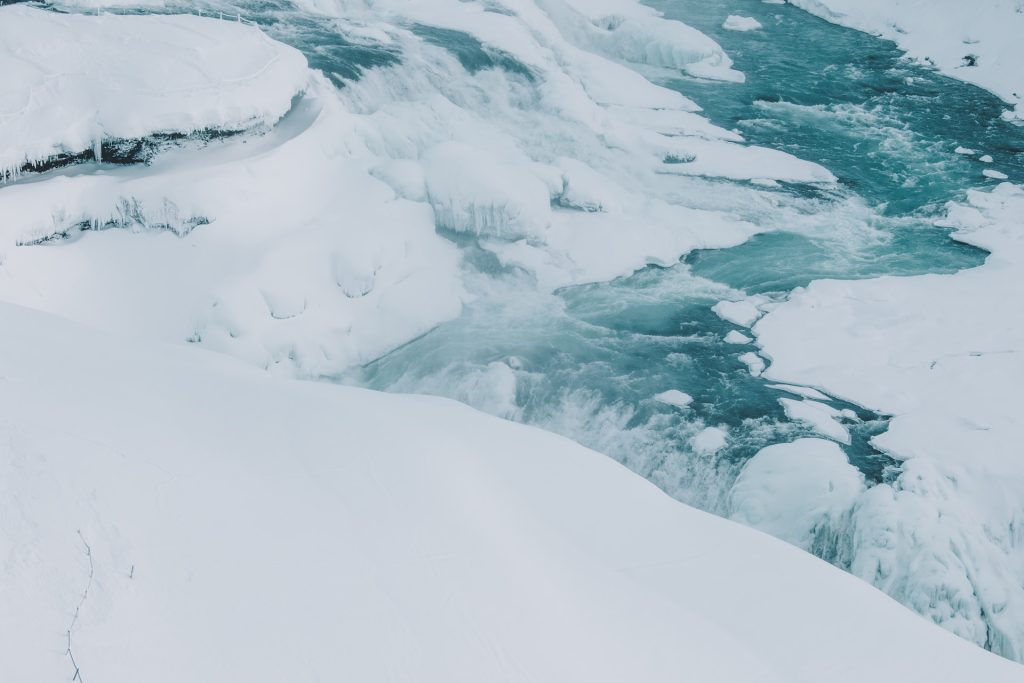
April in Iceland: Longer Daylight Hours & Your Last Chance for the Northern Lights
April in Iceland is a time of longer daylight hours and—your last chance to see the northern lights before summer begins! As this is still the shoulder season its also a good time to visit for budget travelers. Temperatures range from 33°F to 43°F and daylight hours are back to an average of 15 a day.
In terms of fun activities, most northern lights tours run until mid-April. The whales are also beginning to return and whale watching tours are a fun experience although chilly. If you want to take part in cultural activities, the Children’s Culture Festival, DesignMarch, and Sumardagurinn Fyrsti, the first day of Nordic Summer.
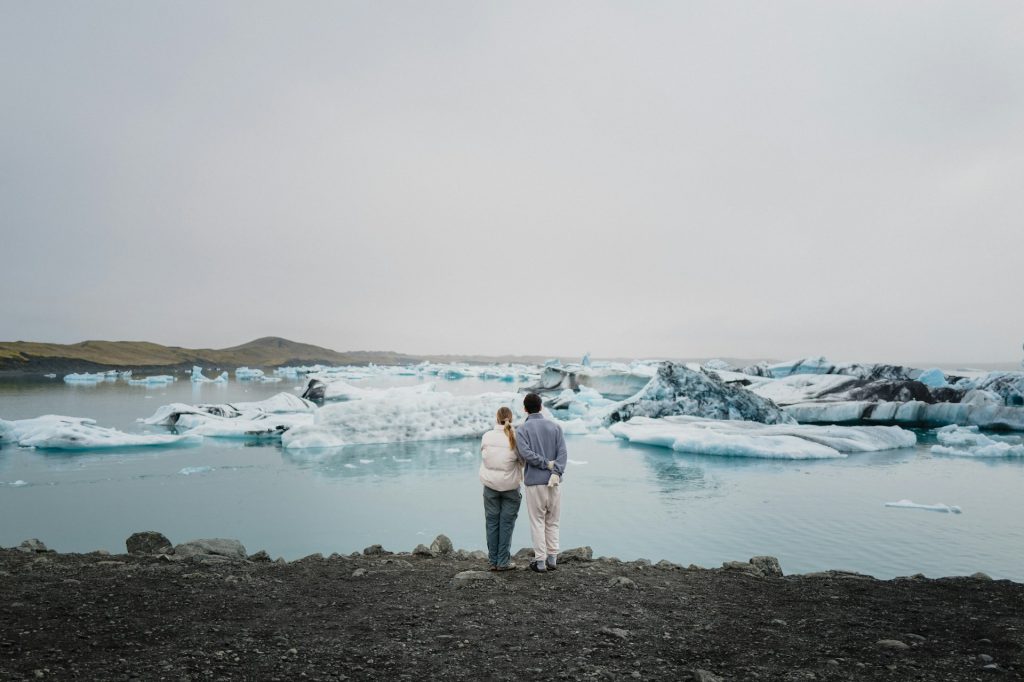
May in Iceland: Puffin Season & Less Expensive
Temps are starting to warm up at the beginning of May in Iceland. This will be your first glimpses that summer is on the way! Average daily temperatures hover between 39°F and 49°F with daylight hours up to 18.5. The best activity for those visiting Iceland in May is to see the puffins!
This is the first month that the puffins migrate back to Iceland and they’ll stay throughout the summer months. May is also a good time to do a road trip along Route 1, also known as the Ring Road. Road conditions should be relatively good throughout the month with little snow and ice. Cultural activities include the Ascension Festival.

June in Iceland: Midnight Sun & Outdoor Activities
The first official month of summer in Iceland, June has an average 20.5 hours of daylight each day with a average good weather condition. Talk about Midnight Sun! Temperatures range from 44°F to 54°F and chances of precipiation are relatively low.
Some of the best things to do in Iceland in June are whale watching tours, seeing the puffins, and seeking out Iceland’s incredible natural scenery on a hike. Cultural activities abound during the month of June in Iceland with tons of festivals and fairs. The Reykjavik Arts Festival, Viking Festival, and Icelandic National Day are just a few of the celebrations.
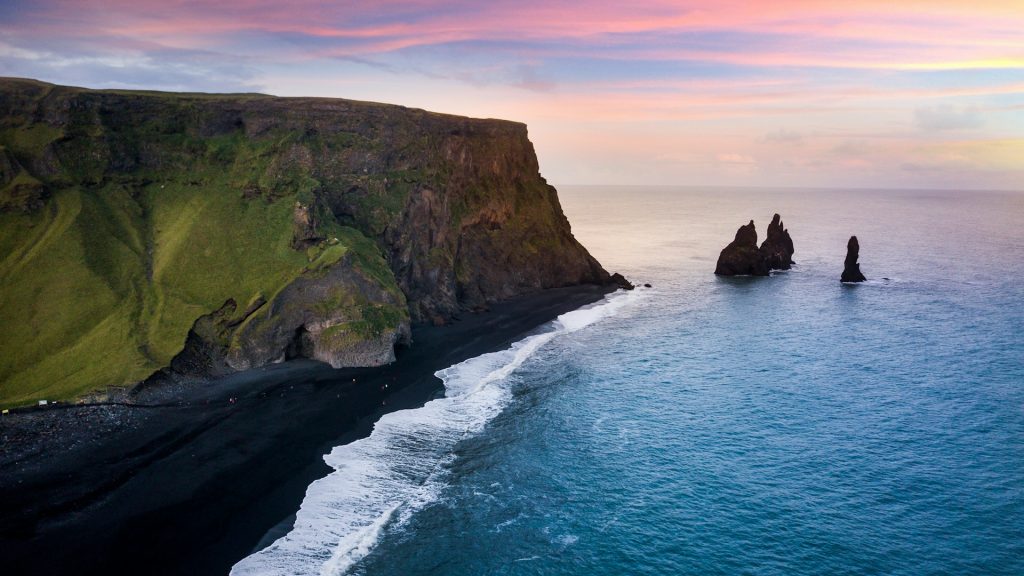
July in Iceland: Best Time to Camp & Visit the Highlands
July in Iceland is all about getting outside! This is the warmest month of the year with average temperatures between 48°F and 57°F and daylight hours are at an average of 19.5 a day. July is one of only a few months when Iceland’s Highlands are accessible.
Take the opportunity to see Landmannalaugar and some of its secret hot springs by renting a 4×4 vehicle. This is also a wonderful time to go camping. Several cultural festivals take place in July including the Goslok Festival, Siglufjörður Folk Festival, and the Icelandic Horse Convention.
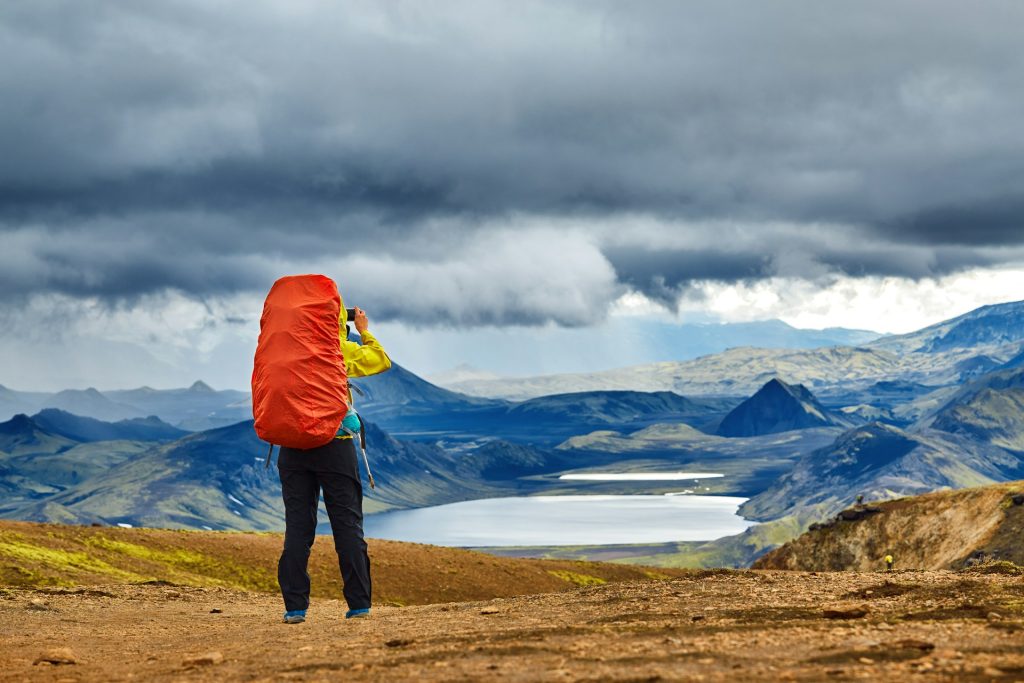
August in Iceland: Summer Festivals & Driving the Ring Road
August is the last true month of summer in Iceland. Temperatures hang between 47°F and 56°F and daylight begins to dim with just 16.5 hours a day. August is full of summer festivals, like Reykjavik Pride, Culture Night, and Þjóðhátíð National Festival.
Some of the best activities to take part in include circumnavigating the Ring Road, whale watching, and hiking. You can also still access the Highlands and the Westfjords which can be trickier to get to in the winter months.
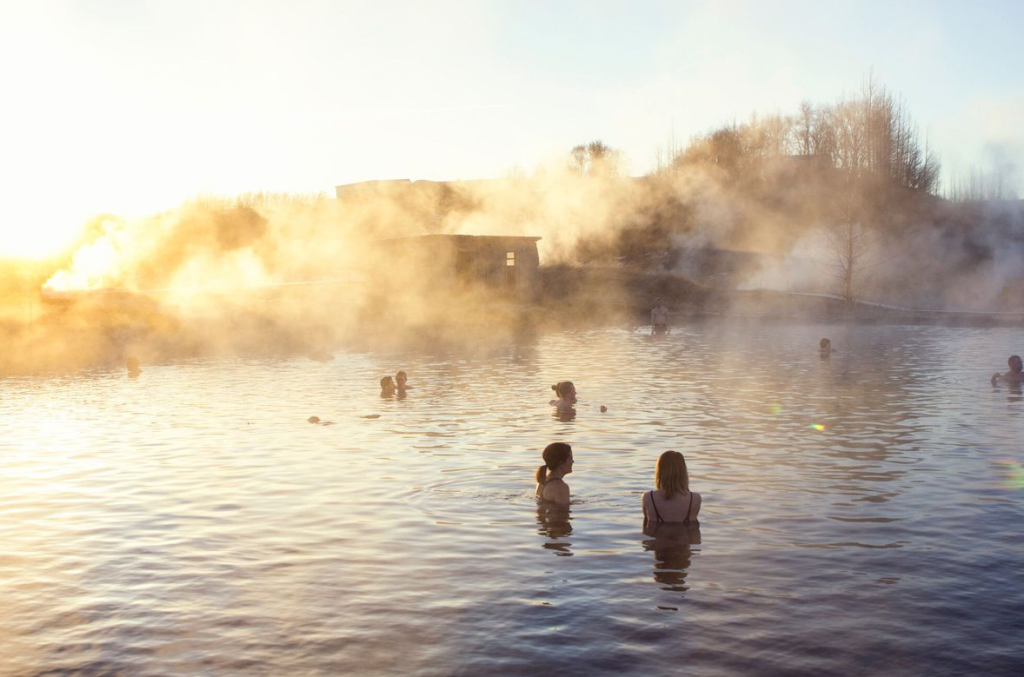
September in Iceland: Northern Lights Are Back
Fall and cooler temperatures start to creep back to Iceland in September. Temperatures vary from around 42°F to 51°F. The days are getting longer at around 13 hours on average each day. This also means that the northern lights are back!
Some of the best activities to plan for your trip to Iceland in September include horseback riding, glacier hiking, and northern lights tours towards the end of the month. September also brings about one of the coolest cultural events in Iceland, Réttir.
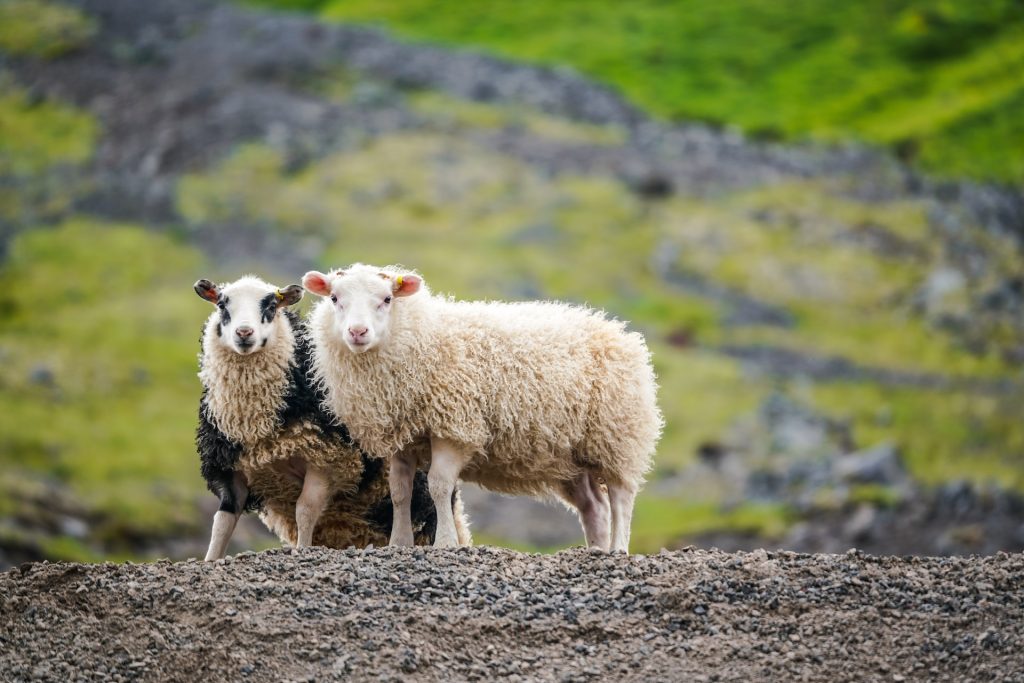
October in Iceland: Golden Autumn
October is one of the most beautiful times of year in Iceland. Many areas come alive in a golden glow as the foxtail turns orange and mountains are dusted with snow. Average temperatures hover between 36°F and 45°F and daylight hours cap out at 10 hours each day.
October in Iceland is inexpensive and a wonderful time to catch a glimpse of the northern lights or go snowmobiling on a glacier. The Reykjavik International Film Festival takes place at the beginning of October.
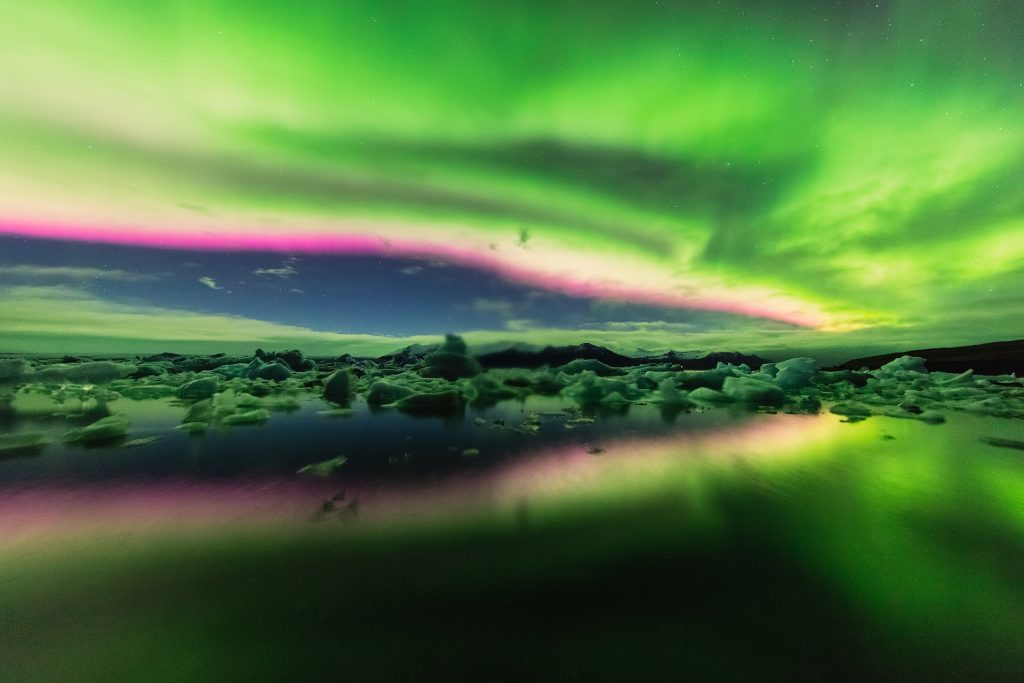
November in Iceland: Cheapest Month of the Year
November is one of the cheapest months of the year to visit Iceland. Average temperatures range from 31°F to 39°F while daylight hours are at an average of 6.5 a day. Some of the best activities to do in Iceland in November are warming up in the hot springs, exploring ice caves, or hunting down the northern lights. The Iceland Airwaves Music Festival also takes place in November and Christmas markets begin to appear in the town centers.
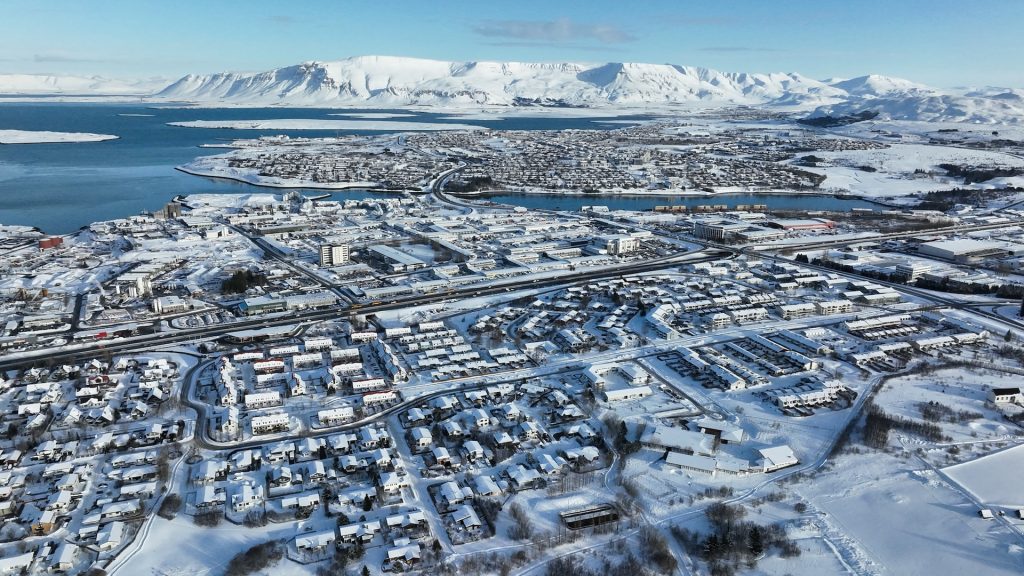
December in Iceland: Christmas in Iceland
December is a time of celebration in Iceland! It’s also one of the snowiest times of year. The average temperatures range from 28°F to 37°F and with daylight dwindling to just 4.5 hours, this is the darkest month of the entire year. It’s also the snowiest month!
December in Iceland is one of the best times to see the northern lights or go glacier hiking—weather permitting! Christmas festivities will take place all month but keep your eyes peeled for the Yule Lads, mischievous trolls who play tricks during the Christmas season.
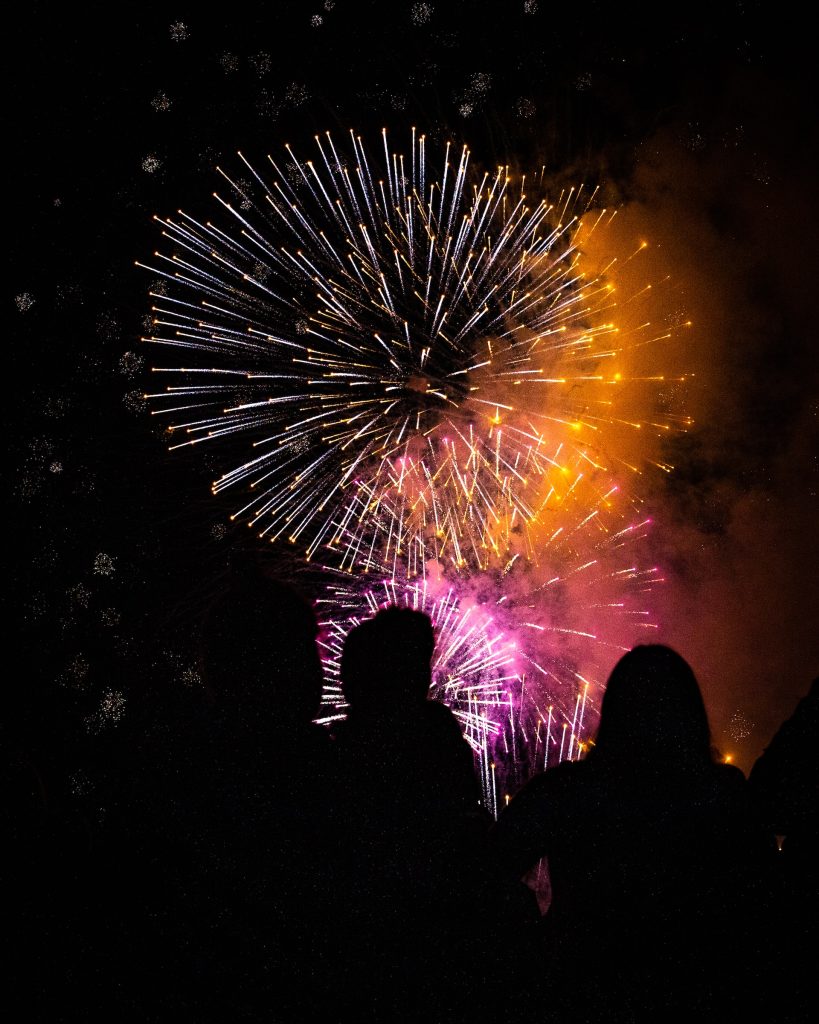
To Conclude the best time to visit Iceland
Whether you visit Iceland during the summer to experience the Midnight Sun and warm weather or opt for a snowy, wintery holiday, there’s no wrong time of year to visit the Land of Fire and Ice! Be sure to book an inexpensive rental car for your adventures through Firefly Iceland Car Rentals.

